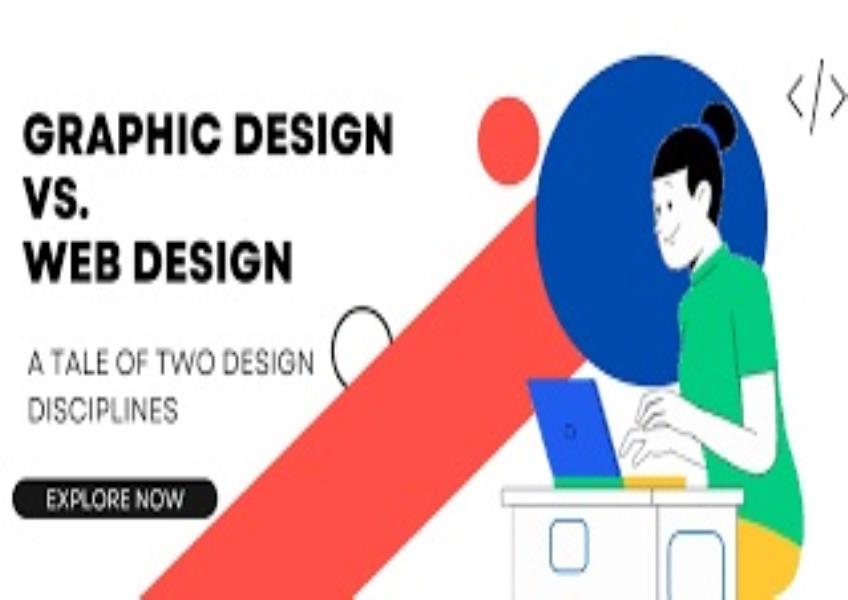Get the latest updates From BL Soni College Bhilwara

How does graphic design differ from other design disciplines?
Graphic design is a specific design discipline that focuses on visual communication through the use of typography, imagery, color, and layout. While it shares some similarities with other design disciplines, such as industrial design, interior design, and fashion design, it also has distinct characteristics that set it apart. Here are some key differences between graphic design and other design disciplines: Medium and Output: Graphic Design: Graphic designers primarily work with 2D media, such as print materials (posters, brochures, magazines), digital media (websites, social media graphics), and multimedia (videos, presentations). Industrial Design: Industrial designers focus on 3D objects and products, including consumer goods, electronics, furniture, and packaging. Interior Design: Interior designers specialize in designing interior spaces, considering elements like furniture, fixtures, lighting, and spatial layout. Fashion Design: Fashion designers create clothing and accessories, focusing on materials, patterns, and garment construction. Purpose and Function: Graphic Design: Graphic design primarily serves the purpose of communication, conveying information, ideas, or messages to an audience. It often has a strong emphasis on branding, advertising, and marketing. Industrial Design: Industrial design aims to create functional and user-friendly products that meet specific needs and solve practical problems. It combines aesthetics with usability. Interior Design: Interior design is concerned with creating aesthetically pleasing and functional interior environments, considering aspects like comfort, functionality, and spatial flow. Fashion Design: Fashion design focuses on creating wearable clothing and accessories that reflect personal style and trends while also considering comfort and functionality. Materials and Production: Graphic Design: Graphic designers work with digital files and often collaborate with printers or digital production teams for physical output. The production process typically involves printing, publishing, or digital display. Industrial Design: Industrial designers work with physical materials like plastics, metals, and textiles, and they oversee the production of prototypes and manufactured goods. Interior Design: Interior designers select materials, finishes, and furnishings for physical interior spaces and coordinate with contractors and builders for implementation. Fashion Design: Fashion designers work with fabrics, textiles, and sewing techniques to create clothing, and they oversee garment production. Scale and Scope: Graphic Design: Graphic design projects can range from small-scale items like business cards to large-scale projects such as billboards or entire website designs. Industrial Design: Industrial design projects often involve designing products that are manufactured in larger quantities and have a physical presence in the world. Interior Design: Interior design projects can vary widely in scale, from residential homes to commercial spaces like hotels or offices. Fashion Design: Fashion designers create individual pieces as part of a collection, and the scale of production can vary from small boutique lines to mass-produced clothing. While these design disciplines have their unique characteristics and areas of expertise, they all share a common thread of creativity, problem-solving, and a focus on aesthetics and functionality. Designers in each field apply design principles and principles to achieve their specific goals and meet the needs of their respective audiences.


